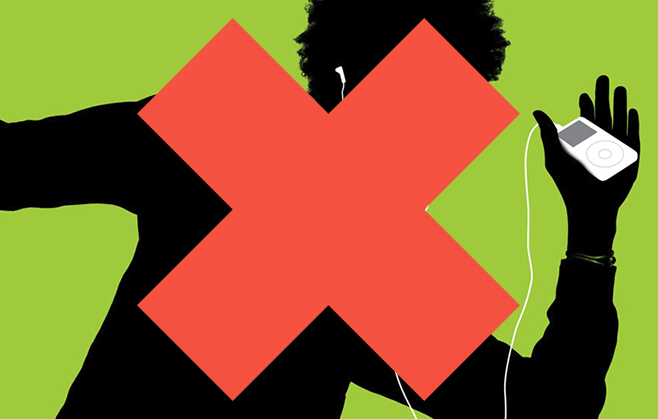
Ad blocking continues to rise: What’s next?
While the digital ad industry slows no sign of slowing down, viewers are using ad blockers now more than ever before. With fewer ads being watched, how will this compromise marketers’ efforts, and what solutions can be reached?
Essentially, ad blockers such as the popular Adblock Plus, are software programmes that stop ads from being shown on a person’s browser, with the user choosing these as add-ons to Chrome, Safari, Firefox, or the web browser of their choice. On mobile, iOS9 also allows ad blockers, with apps such as Crystal and Peace popular choices for download. The benefits to this are obviously, a lesser amount of nuisance ads ruining the user experience, and also the fact that page loading time is much faster as a result. Crucially for users, privacy is a sensitive topic, and eliminating behavioural and tracking pop ups means less personal data can be accessed. According to research from eMarketer, 27% of UK users will have installed ad blockers by 2017- that’s almost double 2015’s figure of 14%. And globally on desktop alone, ad blockers are used by over 200 million people. With a huge increase in this trend year over year, how will the industry be affected?
Naturally, sites which rely heavily on advertising revenue will be hit hard, with reports suggesting that the global industry could be hit with losses from $40 billion to as much as $1 billion this year alone. While desktop campaigns and apps aren’t currently affected, native desktop social media ads are, as users can choose to install plugins to remove these. There are of course add-ons that advertisers can use to get around this, but a large proportion will still go unseen. Secondly the rise in ad blockers will certainly affect businesses who have multiple active mobile PPC campaigns and display ads, as ad blocker apps automatically stop these from being shown. Currently, around 40% of UK marketers spend on mobile display ads, but this figure could very well decrease if ad blockers become all the more prevalent. This shows that apart from ensuring sound desktop campaigns, in-app ads could be one way for advertisers to diversify their efforts in the mobile sector, if they aren’t doing so already.
The other huge area affected by ad blocking software, is of course YouTube, which in turn also affects visibility of ads in YouTube video embeds on sites, or on other platforms such as Facebook. For YouTube, ad blockers are available to download from places such as the Chrome web store, and work by removing un-skippable pre-roll ads at the start of videos, which can sometimes last for 30-45 seconds. For smaller brands needing to reach a larger audience, and without the presence to grow a profitable channel in the same way as Coca-Cola, Red Bull, or GoPro for instance, ads shown on other videos can boost their visibility. However, might now take comfort in YouTube’s latest announcement, which revealed it will soon allow advertisers to show six-second “Bumper” ads before videos, which won’t be skippable. These are intended to offer companies a way to engage audiences without long ads, although they’re not meant as a replacement- instead, YouTube has notified brands that these will work best when used alongside other longer ads too.
Do you utilise ad blockers on mobile, or when viewing online video? If not, are you growing increasingly frustrated with the amount of ads shown? We’d love to hear your thoughts, so please tweet to us @PracticeDigital and share your comments on our Facebook page.




